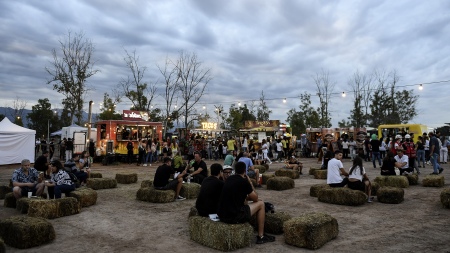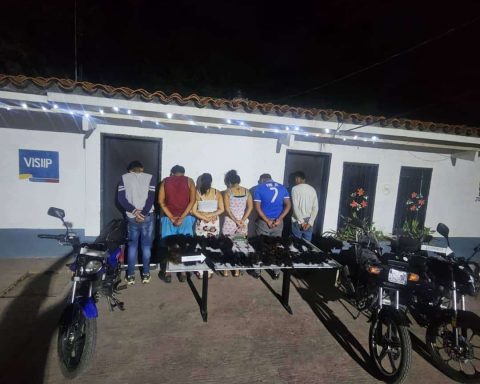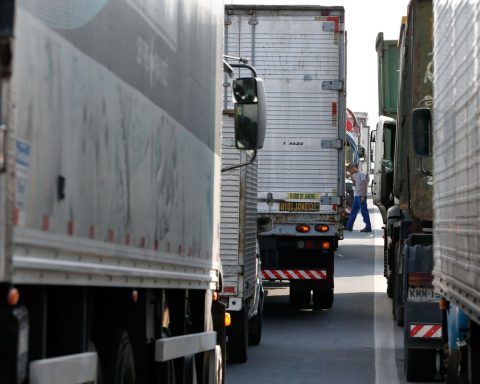The Carnival holiday mobilized almost three million tourists and left a direct economic impact of $106,704 million in food, beverages, lodging, transportation, recreation and various purchases, according to a survey by the Argentine Confederation of Medium Enterprises (CAME). .
On the first long weekend of the year 2,925,000 people traveled, 6.4% more than in Carnival 2022, which had been a record; and total spending, at constant prices, grew 15.3%.
“The four-day weekend surpassed even the records of Easter Week and would be positioning itself as the most important and busiest of the year, counting the calendar of holidays,” CAME indicated.

Daily spending, which averaged $9,600 per person, increased 14.1%, also measured at constant prices.
The most chosen destinations were the cities with a carnival tradition, standing out those located in Between Rios, Corrientes, Tucumán, Salta and Jujuywith two very different types of festivities between the Litoral and the Argentine North.
Also the cities of the Atlantic Coast and the interior of Buenos Aires summoned people with their carnivals.
According to data from the Ministry of Transport, more than 900,000 people traveled by plane, train and long-distance buses around the country, during the weekend, and some 170 thousand passengers were transported by Aerolíneas Argentinas, 15% more than for the same date in the pre-pandemic.

Among the most chosen destinations, CAME explained that Thousands of tourists moved to the Buenos Aires beaches and in the Partido de La Costa the occupation was almost full, 95% of the 28 thousand hotel beds in the district.
In the case of the City of Buenos Aires, with 34 parades and 100 murguera groups, more than 94,000 national and international tourists entered the city and according to estimates from the Entur Tourism Observatory, total spending exceeded $4,985 million and occupancy hotel averaged 70%.
Catamarca He had full employment in El Rodeo, Antofagasta de la Sierra, Paclín and Los Altos; in Córdoba, where the Carnival holiday became almost the best long weekend of the year, 90% of the 170,000 places were occupied, and 100% in the main tourist poles; In Chaco, occupancy averaged 80% and exceeded 90% in the city of Resistencia, which together with Villa Angela were the most visited locations.

In chubut there were many arrivals to Puerto Madryn, where accommodation was close to 100%; Corrientes, noted for its history and carnival tradition, started with reserve levels that by Friday already averaged 95% in the province; and Entre Ríos, one of the cradles of the Carnival of the Coast, filled its 50 thousand hotel beds.
They also stood out Jujuy, recognized as the National Capital of Carnival, with an occupation that exceeded 95% of the 12,500 places enabled in the district, and the movement of the long weekend left an economic impact of $2,000 million; and San Luis, where the occupation averaged 92.3% in the province, it was reported.



















